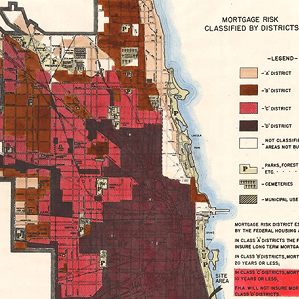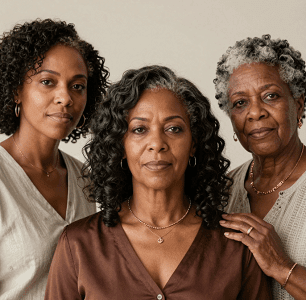A recent study has unveiled a disturbing link between historical redlining practices and lower cancer survival rates among young individuals in Seattle and Tacoma, Washington. Researchers examined cancer cases diagnosed between 2000 and 2019 in patients under 40 years old, revealing that those living in previously redlined neighborhoods faced significantly poorer outcomes compared to their counterparts in non-redlined areas.
The study, which analyzed data from 4,355 cancer cases, found that 5-year overall survival rates were markedly lower for individuals residing in redlined neighborhoods at 85.1%, compared to 90.3% for those in unexposed areas. This disparity persisted even after a decade, highlighting the enduring impact of structural racism on health outcomes.
Dr. Kristine A. Karvonen and her colleagues utilized the Home Owners’ Loans Corporation data overlaid with census tracts to determine the redlining status of each case. Their findings showed that the unadjusted hazard of death for cancer patients in redlined areas was 1.62 times higher than those in non-redlined neighborhoods.
Even after adjusting for patient and tumor characteristics, as well as area-level poverty, the mortality rate remained significantly elevated for redlined cases, with a hazard ratio of 1.32. Interestingly, the study found no apparent effect modification from area-level poverty in this relationship.
These results support the hypothesis that structural racism continues to exert a persistent influence on contemporary health outcomes. The research underscores the urgent need for targeted interventions and policy changes to address these longstanding health disparities and improve cancer survival rates in historically marginalized communities.
See: “Historical redlining and survival among children, adolescents, and young adults with cancer diagnosed between 2000–2019 in Seattle and Tacoma, Washington” (January 27, 2025)



